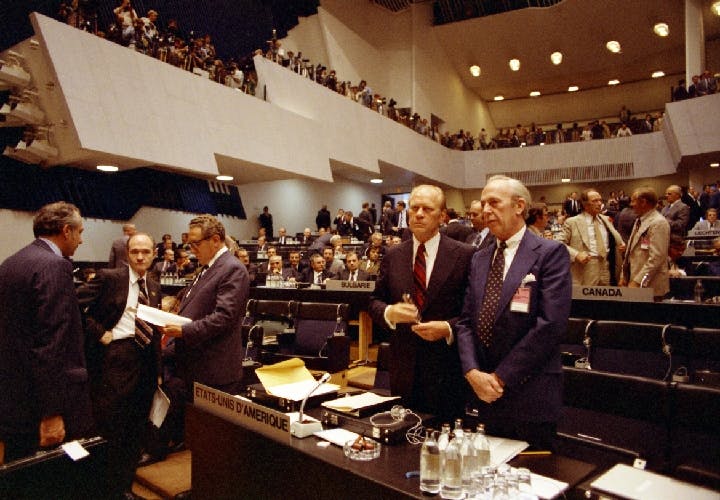Summer 2021
The Rooms Where It Happened
– Richard Byrne
Statecraft needs stagecraft. We look at the sites of landmark diplomacy -- then and now.
Theatres are physical structures. Creative works – plays, operas, concerts, dance – make their home in them for a brief moment in time. Then they disappear. The building remains, but only memories linger.
The spaces in which landmark diplomatic events take place have much in common with theatres. Leaders take center stage and hold the fates of nations in their hands. Yet these public spaces brim over with energy and activity backstage – as well in the spotlights.
One of the best songs in Lin Manuel Miranda’s Hamilton – “The Room Where It Happens” is written in the voice of Aaron Burr, who longs to be in the spaces where decisions are made.
Burr’s longing and frustration are often ours as well. In this essay, we examine some rooms and spaces where weighty decisions were made – and how they look today with only memories inside them.
.jpg)
The Treaties of Osnabruck and Westphalia (1648)
The Thirty Years War of 1618 to 1648 was one of the grimmest and most useless conflicts in human history. As Pascal Daudin observed in 2017, the war “is thought to have claimed between 4 and 12 million lives.” Fewer than half of a million of those deaths came in combat, however, as “disease and famine took the lion’s share of the death toll.”

Yet the multiple parties to the Thirty Years War groped to a necessary peace through protracted and tedious negotiations. Peace talks took place not in one town, but in two: Osnabrück and Münster. Historian C.V. Wedgewood notes sharply that “although there was a famine in the surrounding country, supplies did not run short and nobody was in a hurry. They took six months from the opening of the congress to decide how the delegates were to sit and who were to go into the rooms first.”
Three agreements were made in the town halls of Osnabrück and Münster in 1648. The first agreement, between the Spanish and Dutch Münster agreed in May 1648, is recorded in the famous work by Gerard ter Borch. (The artist just happened to be in town.)
No artist captured the scenes at the second and third agreements. Wedgewood does observe that the delays in the peace extended to the final ceremonies on October 24, 1648: “Even on the day, the deputies, having waited from nine till one at Münster, were told to come back at two. Only then did the leading ambassadors appear, and both the treaties of peace were signed.”
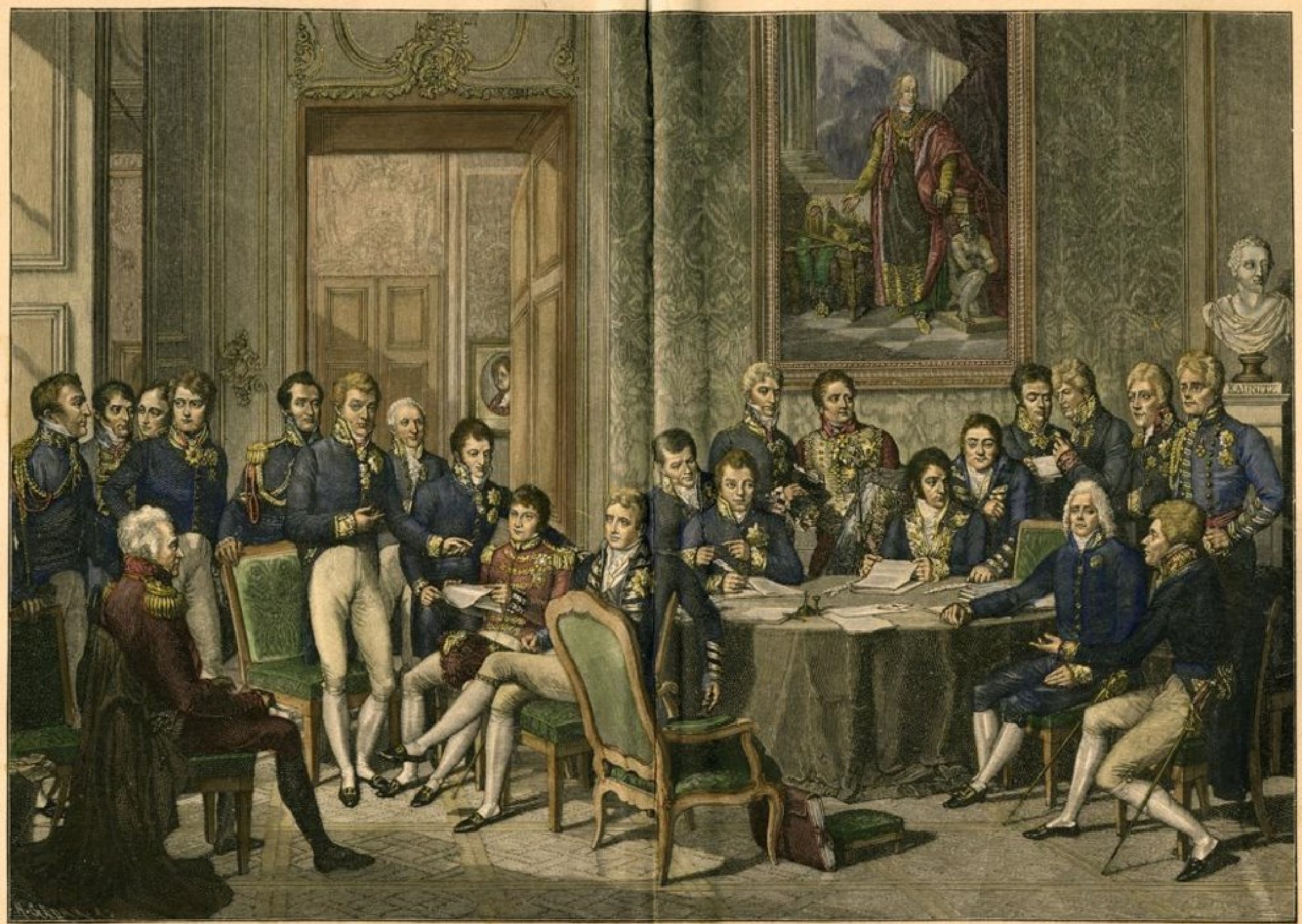
The Congress of Vienna (1814-1815)
Napoleon Bonaparte rose to power on audacity and hope. His journey thrilled poets (Goethe) and composers (Beethoven) alike. Yet his bloody quest to dominate Europe was blunted in 1813 in the Battle of Leipzig, and he was forced to abdicate. Thus emboldened, the rulers of the old order that Napoleon had humiliated for a decade gathered in Vienna in 1814 to recreate a world without him.
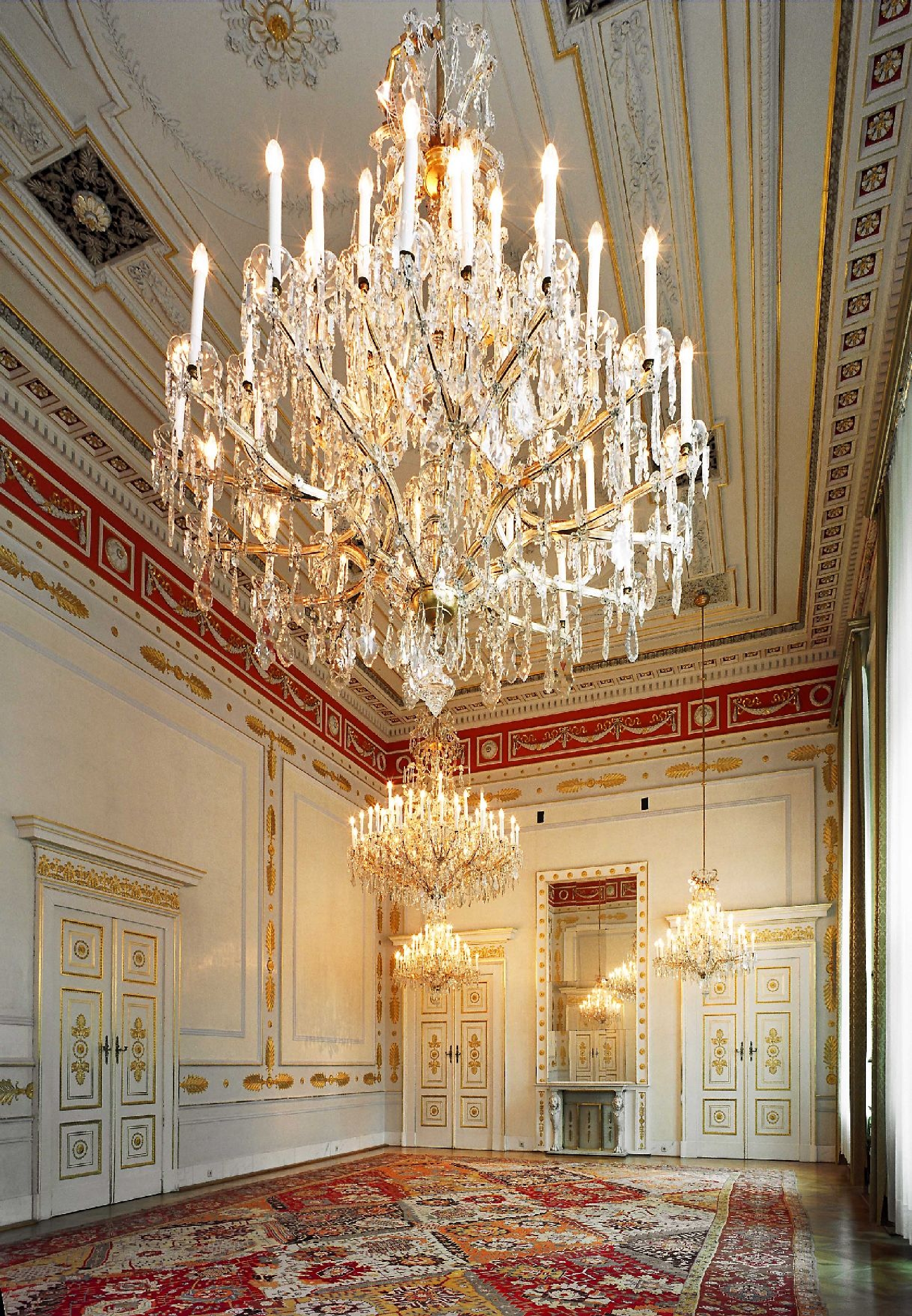
Accounts of the Congress of Vienna often stress its gaiety. (One wag jibed that the Congress did not move, but danced.) Yet power politics were the main item on the agenda, as participants including Russian Tsar Alexander I, Austrian minister Klaus von Metternich, and British leader Arthur Wellesley (later Duke of Wellington) battled over territory (including Switzerland and Poland) as well as future alliances.
The restored King of France, Louis XVIII, sent a seasoned minister – Charles-Maurice de Talleyrand – to defend his interests. In one of his letters, the French diplomat noted that “The court of Vienna continues to show such a generous measure of hospitality toward its titled guests that it must be a burden in view of the state of its finances; one sees everywhere nothing but emperors and kings, empresses and queens, hereditary princes, ruling princes, and the like. The court pays for everything; the daily expenses are estimated at 220,000 paper gulden.”
The Congress’ work was largely done when Napoleon escaped his exile on Elba and seized power again in 1815, only to be beaten decisively at the Battle of Waterloo in June. Napoleon’s defeat confirmed that a vision to take Europe back to its future – forged by the diplomats who met in Vienna – won the day. But when the balls had ended, the specter of an emerging nationalism untethered from direct imperial rule loomed ominously on the horizon.
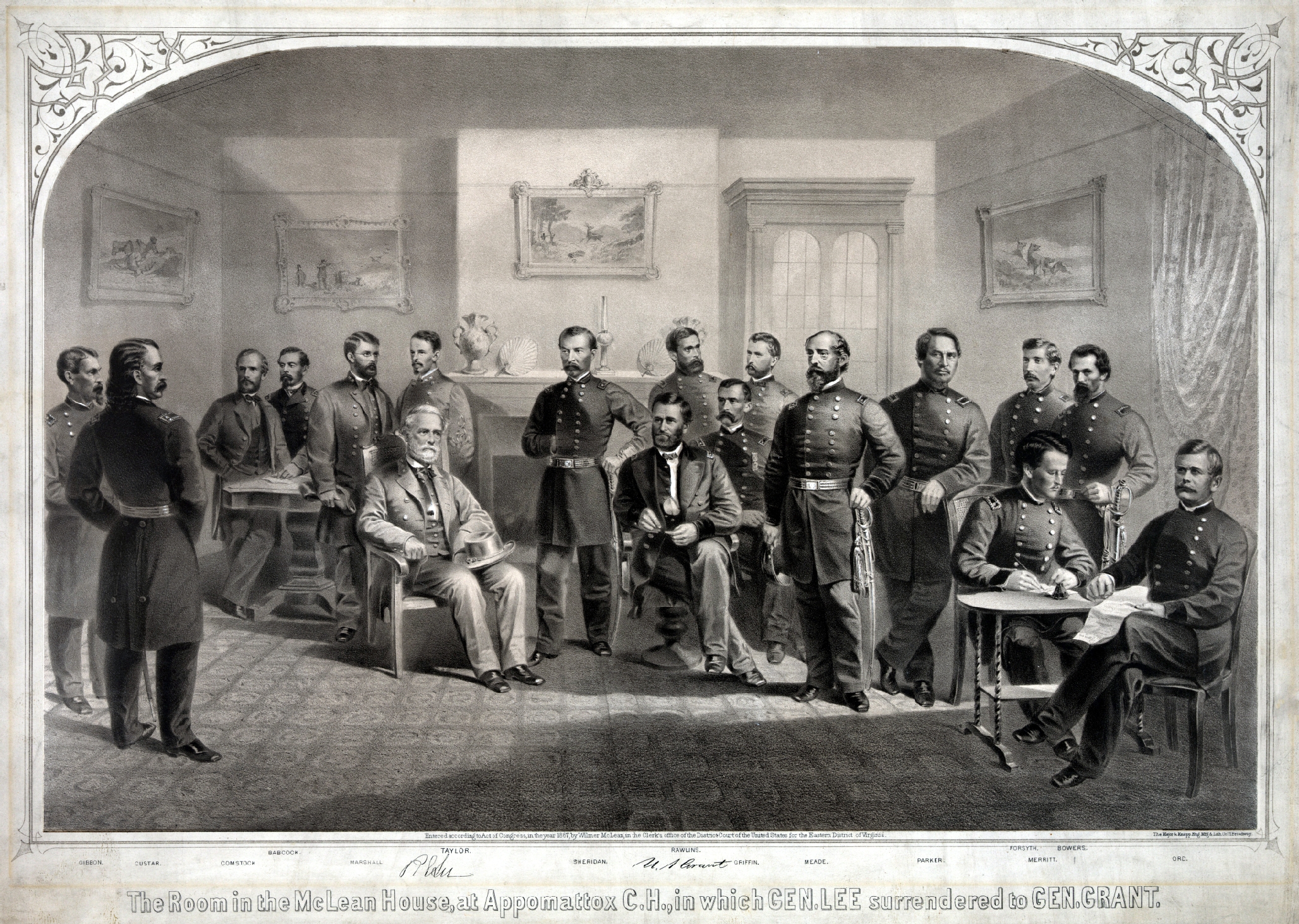
The Surrender of the Army of Northern Virginia (1865)
The most immense conflict ever fought on U.S. soil ended 90 miles west of Richmond, Virginia, in the parlor of the private home of Wilmer McLean. Having finally subdued the capital of the Confederacy, General Ulysses S. Grant chased and trapped Robert E. Lee’s bedraggled army as it tried to unite with other rebel forces in North Carolina.
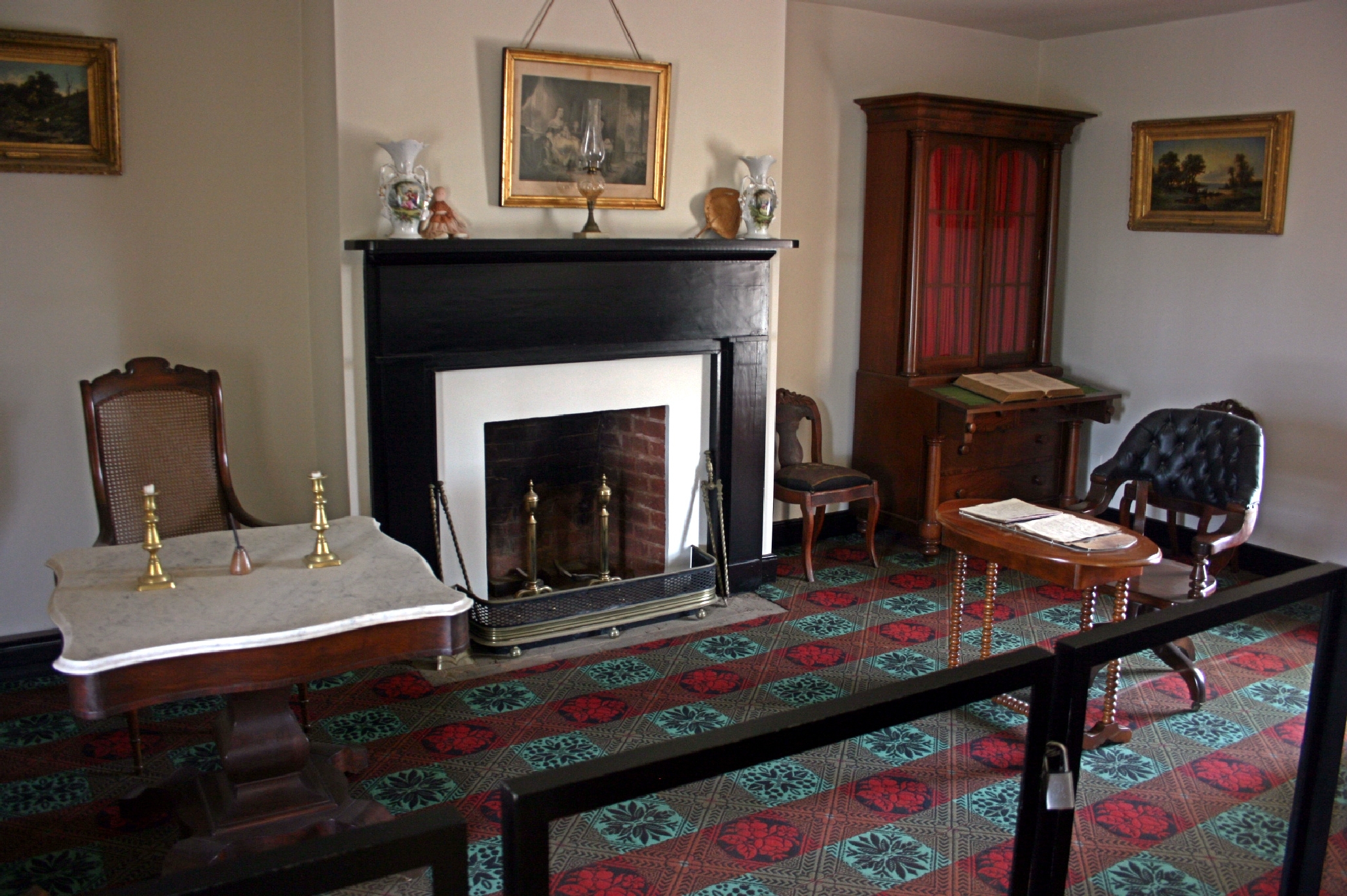
The story of April 9, 1865 is oft-told. Grant’s muddy boots and relaxed manner. Lee’s spit and polish. The generous terms of parole for the Army of Northern Virginia offered by Grant and accepted by Lee. Rations provided by the Union to the vanquished foe. Confederate cavalrymen and artillerymen could keep their horses.
That a fratricidal war ended in such a small room is worthy of reflection. There was no Matthew Brady to record the moment, and notable depictions of the surrender are conjecture. Union troops ransacked the house for souvenirs before the ink was dry. The house itself was dismantled for a never-realized move to Washington, DC in the late 19th Century – and only rebuilt in the 1940s.
Indeed, the print of the site of surrender (above) was commissioned by McLean in an attempt to recoup his losses. And the actual tables and chairs used by Grant and Lee? They are in the Smithsonian Institution’s National Museum of American History.
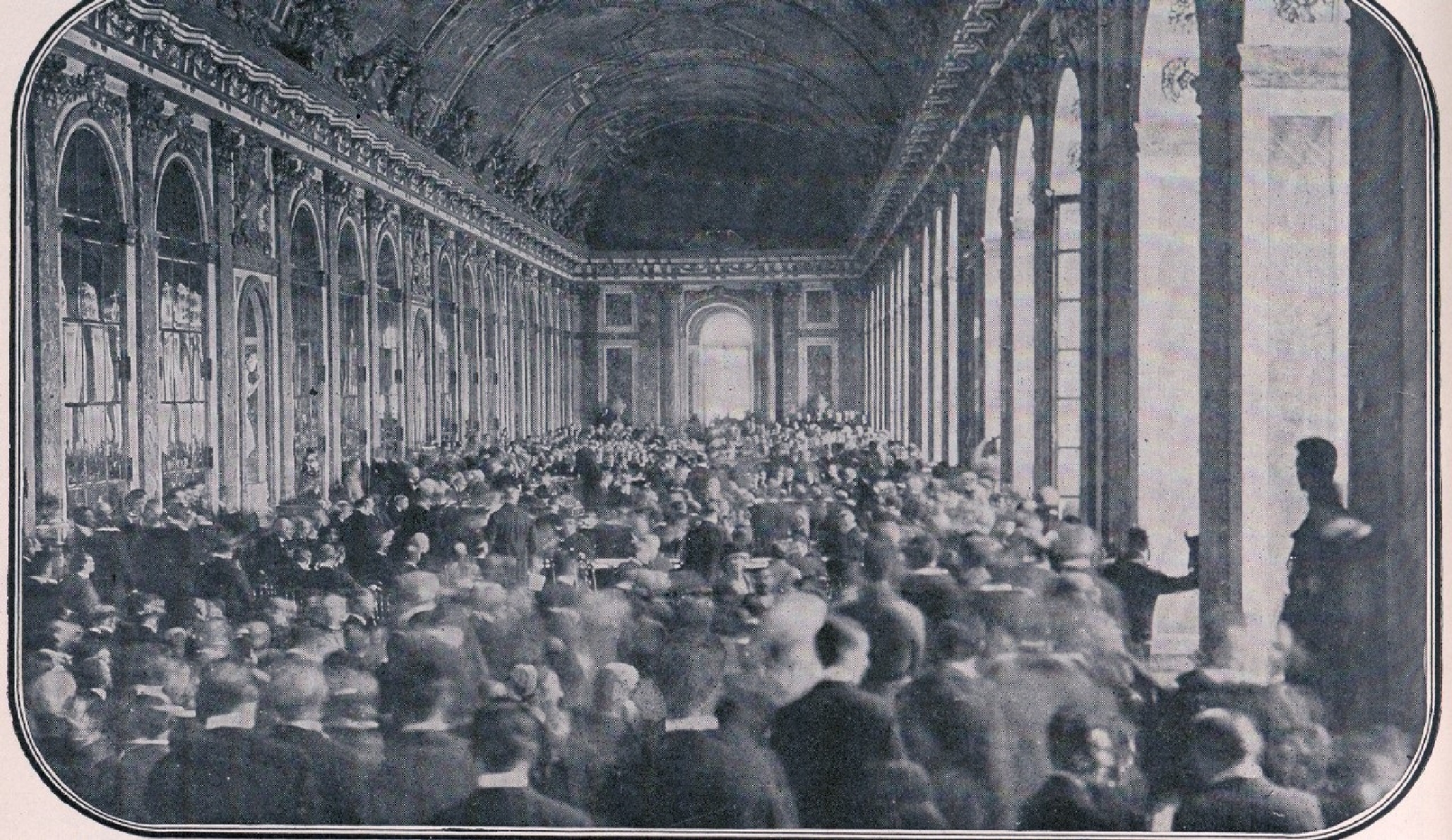
The Versailles Treaty (1919)
The anniversary of the First World War still celebrated to this day is November 11 – the somber day in 1918 that an armistice brought an end to the devastating conflict. But no one celebrates June 28, 1919 – the date on which the Treaty of Versailles was signed in Paris and formally ended the conflict.

Though historians continue to debate the various impacts of the treaty and its role in setting the stage for World War II, the almost instantaneous verdict rendered by John Maynard Keynes in his book, The Economic Consequences of the Peace (1919) seems indelible. Versailles was a retributive and counterproductive treaty, or as Keynes vividly put it: “a Carthaginian peace.”
Indeed, the site of the peace conference and signing itself carried a significant historical burden, since the 1871 treaty that ended the Franco-Prussian War with Prussia in the ascendancy was also a Treaty of Versailles.
It was likely the Treaty of Versailles that was at the top of poet W.H. Auden’s mind when he wrote, in “September 1, 1939”:
I and the public know What all schoolchildren learn, Those to whom evil is done Do evil in return.
Only two decades after a flawed and vindictive peace made in a Hall of Mirrors, Auden could not have known the immense depths of evil that would be unleashed by a totalitarian regime across Europe and beyond.
The images of that day in Versailles haunt us because they remind us that mirrors can be a maze, and the images within them distorted.
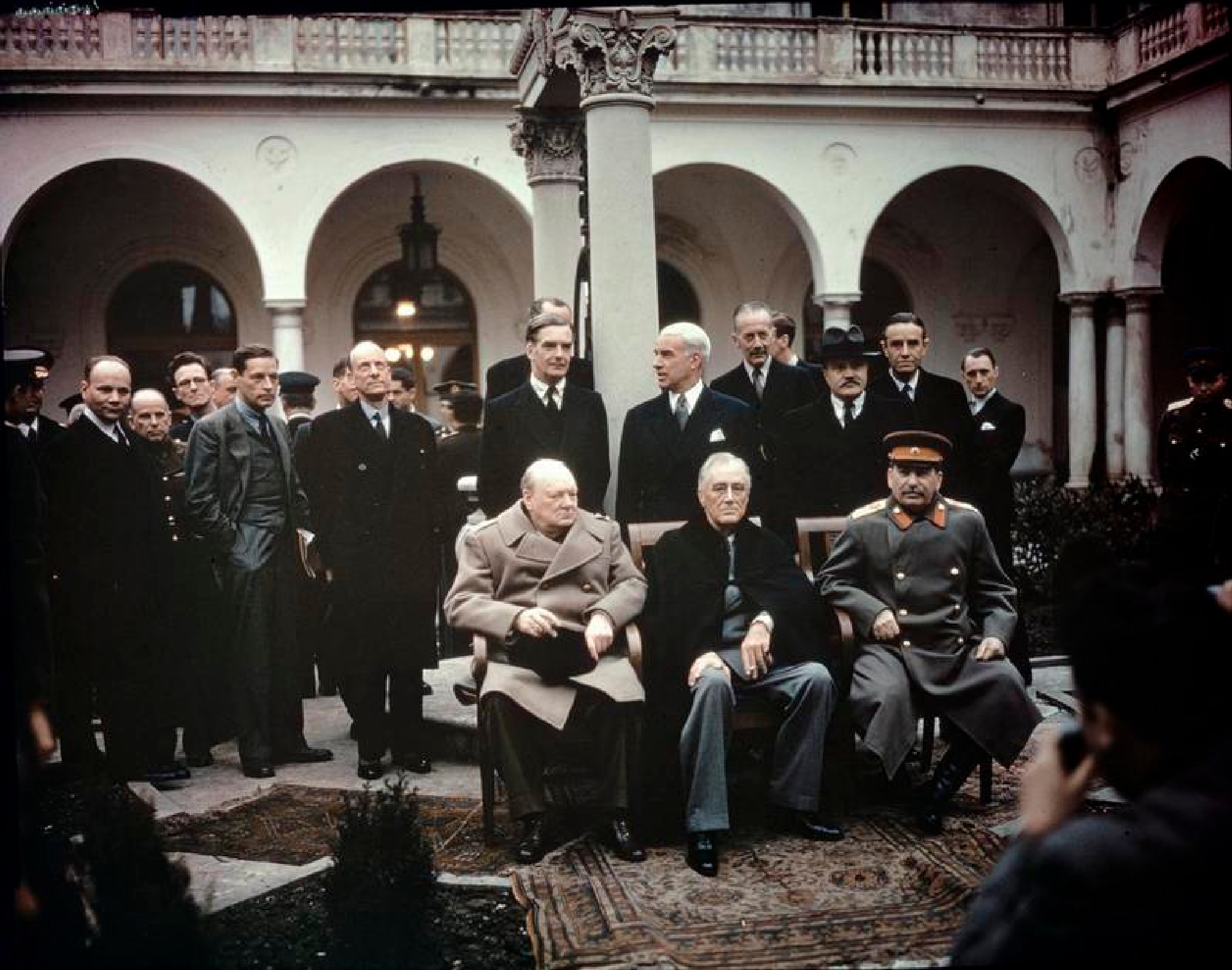
The Yalta Conference (1945)
Though the allied triumvirate of U.S. President Franklin D. Roosevelt, Soviet Premier Joseph Stalin, and British Prime Minister Winston Churchill had met previously in Tehran in 1943, the image of the three men in the courtyard of the Livadia Palace in Yalta remains one of the most indelible photographs of the Second World War.
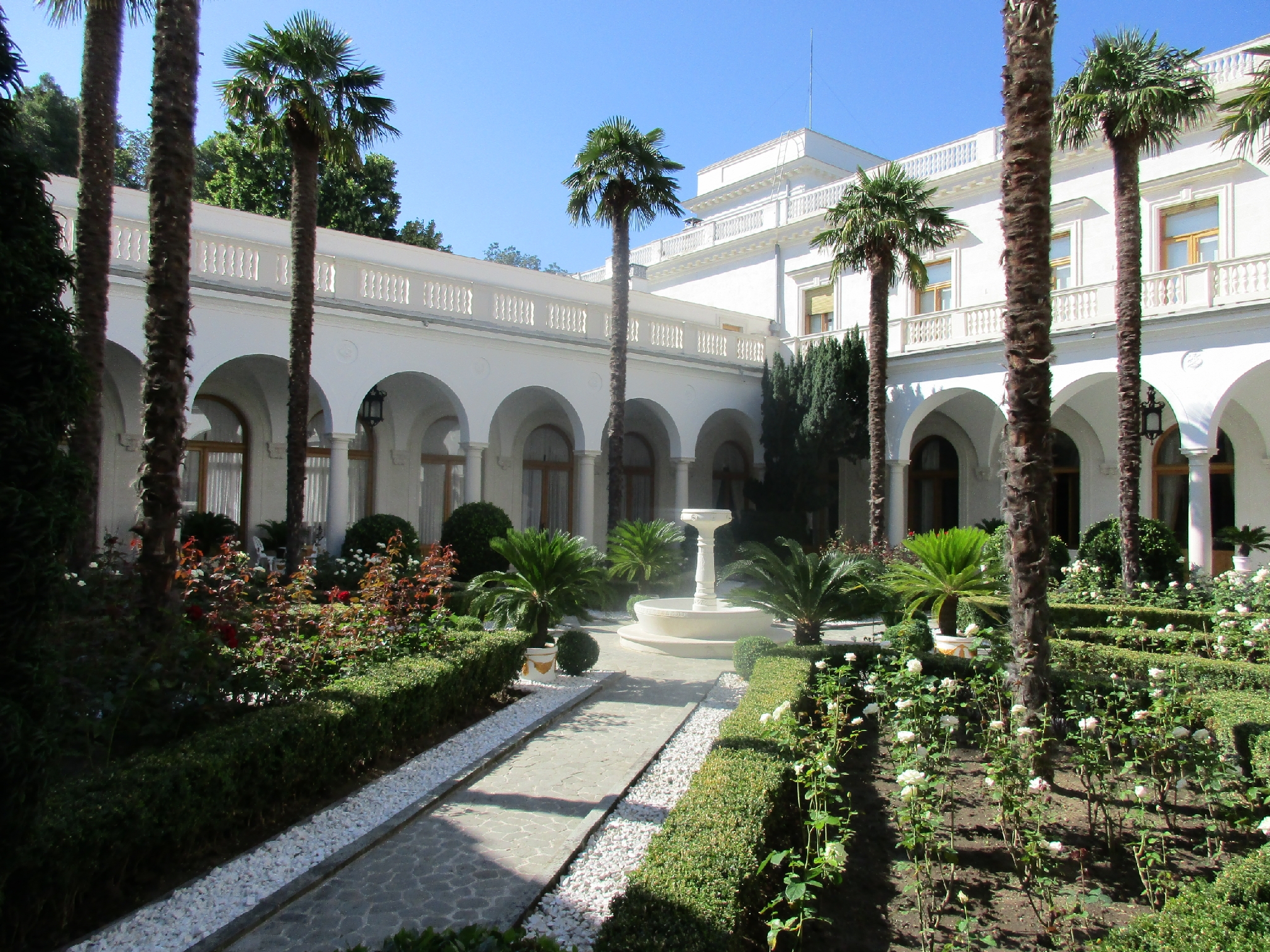
The three leaders met in the Crimean port in early February, at a moment when the end of the bitter global conflict seemed in sight. Yet the fractures between the nations were already evident, and what the postwar order would look like was largely set in motion at the former coastal retreat of Tsar Nicholas II.
Yalta was Stalin’s home turf, and he acted accordingly. Roosevelt and Churchill won a number of declaratory victories – as well as a promise to enter the war in Asia three months after victory was achieved in Europe. Yet on practical question after practical question of Soviet influence over Eastern and Central Europe (including Poland), Stalin emerged with what he wanted as his armies swept toward Germany itself.
The images of Yalta are so striking because they do not seem in any way triumphal. Roosevelt is clearly ill. Churchill exhausted and distracted. Even Stalin seems measured. The next time the three allied nations would meet – in Potsdam in July 1945 – Stalin was the only man still in power at the end of the meeting.
Roosevelt had died in April, replaced by Harry S. Truman. Churchill was routed from office in the midst of the conference by Labour Party leader Clement Atlee. The war itself would hasten to an end only four days after its conclusion, when the United States dropped the first atomic bomb on Hiroshima.
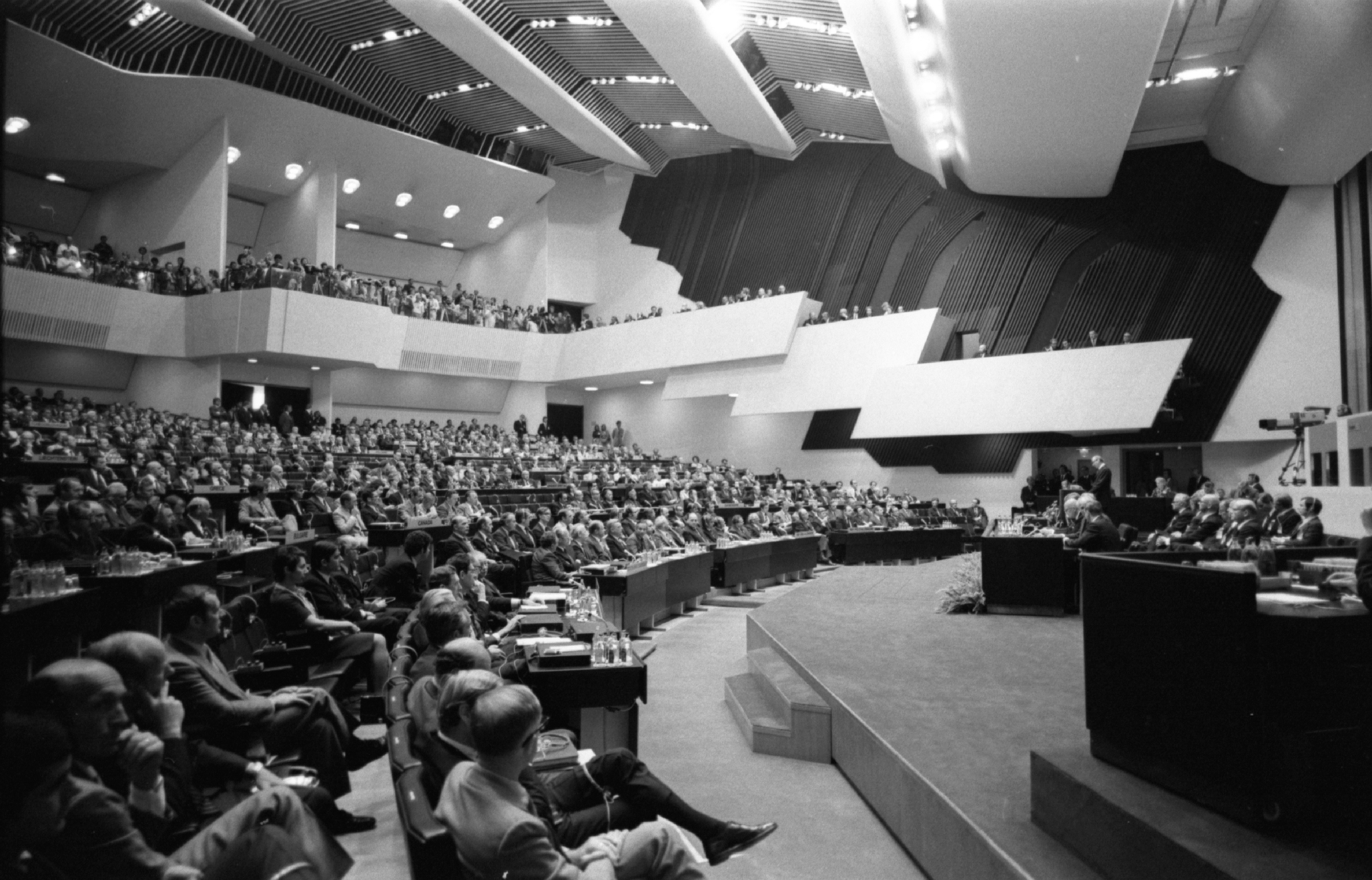
The Helsinki Accords (1975)
Images from sessions of the Helsinki Process that led to the signing of the Helsinki Accords capture what might have been the zenith of Cold War diplomacy. Many key figures of global diplomacy in that era can be found in these photographs, as the two-year Conference on Security and Cooperation in Europe (CSCE) ended with a summit in the Finlandia Hall in the summer of 1975.

The Helsinki Accords cemented the stability of the concept of détente between the world’s two opposing geopolitical blocs. So much so, in fact, that many observers in the United States believed that Western democracies had gotten the wrong end of the stick.
Yet the tide of human events in Europe had different ideas. And a seed planted as article VII in the so-called “Decalogue” of the agreement – concerning “respect for human rights and fundamental freedoms, including the freedom of thought, conscience, religion or belief” had a profound effect on political thought and action that helped lead to the transformational events of 1989.
Ripples from Helsinki had immediate effects behind the Iron Curtain. On November 1, 1975, an ad hoc theatre group gave a small and unadvertised public performance of a new play – The Beggar’s Opera – by banned writer Vaclav Havel at a pub in a Prague suburb. When word got out, writes Carol Rocamora in Acts of Courage: Vaclav Havel’s Life in the Theatre, Czechoslovak authorities wanted to react forcefully, but were compelled to employ quieter methods of suppression because of the Helsinki Accords. “[T]o punish the artists or the audience,” she observes, “would be violating the agreement.”
One night of theatre on the outskirts of Prague proved the deal made in Helsinki had more force than anticipated. They proved the animating spirit behind Charter 77 – the powerful movement spearheaded by Havel and other dissidents which provided the lifeblood of that nation’s Velvet Revolution.
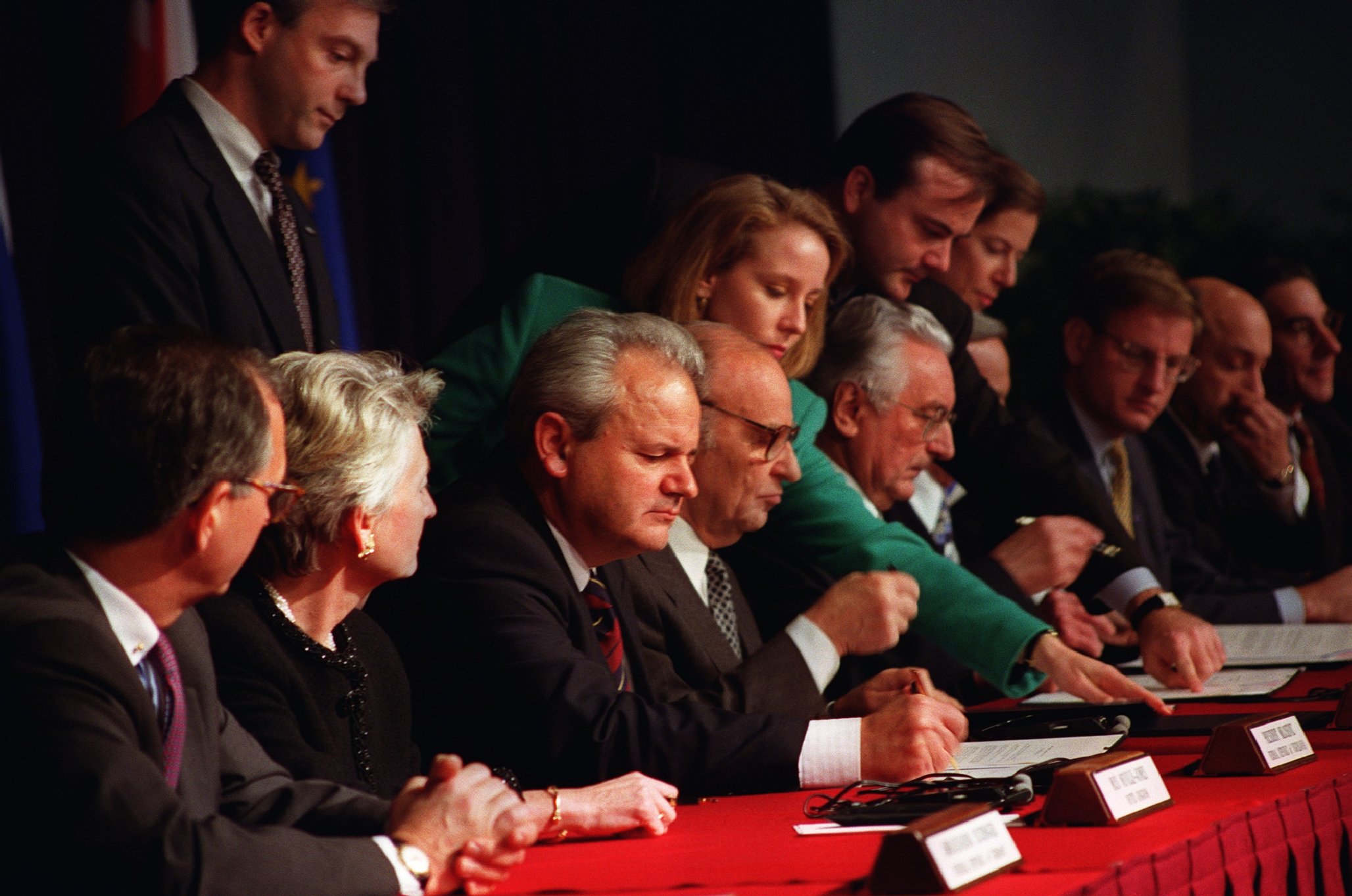
The Dayton Agreement (1995)
The wars that tore apart Yugoslavia from 1991 to 1999 were not ended completely at Wright-Patterson Air Force Base (WPAFB) in October and November 1995. But the Dayton Peace Agreement negotiated and agreed there between the leaders of the three parties to the conflict – under immense pressure from the United States and the European Union – did create a landscape for an uneasy peace among bitter enemies.
Dayton’s key architects – U.S. Secretary of State Warren Christopher and Assistant Secretary of State Richard C. Holbrooke – saw Wright-Patterson’s tight insulation from outside distractions as essential to successful negotiations. Yet the base boasted an additional benefit: A bloc of Visiting Officers Quarters offering separate, equitable and uniform accommodations for Bosnian, Croatian and Serbian leaders.

Since there was no direct access between the quarters and the Hope Hotel where talks would be held, then-88th Air Base Wing Commander Robbie Robinson oversaw the creation of a winding walkway to link the quarters and the negotiating venue. “It was November,” Robinson told the author of a tenth anniversary account published by the WPAFB. "This is Ohio and who knows what kind of weather we'd have to deal with.”
Today, that walkway – where U.S. diplomats badgered, debated, threatened and cajoled Bosnian President Alija Izetbegovic, Croatian President Franjo Tudjman, and Serbian President Slobodan Milosevic – is known as The Peace Walk. And the conference center where the talks were successfully concluded? It is now the Richard C. Holbrooke Conference Center.
Richard Byrne is the editor of The Wilson Quarterly.
Cover photograph: President Gerald R. Ford and members of the U.S. delegation at the Conference on Security and Cooperation in Europe in Helsinki's Finlandia Hall on July 30, 1975. (National Archives and Records Administration)
